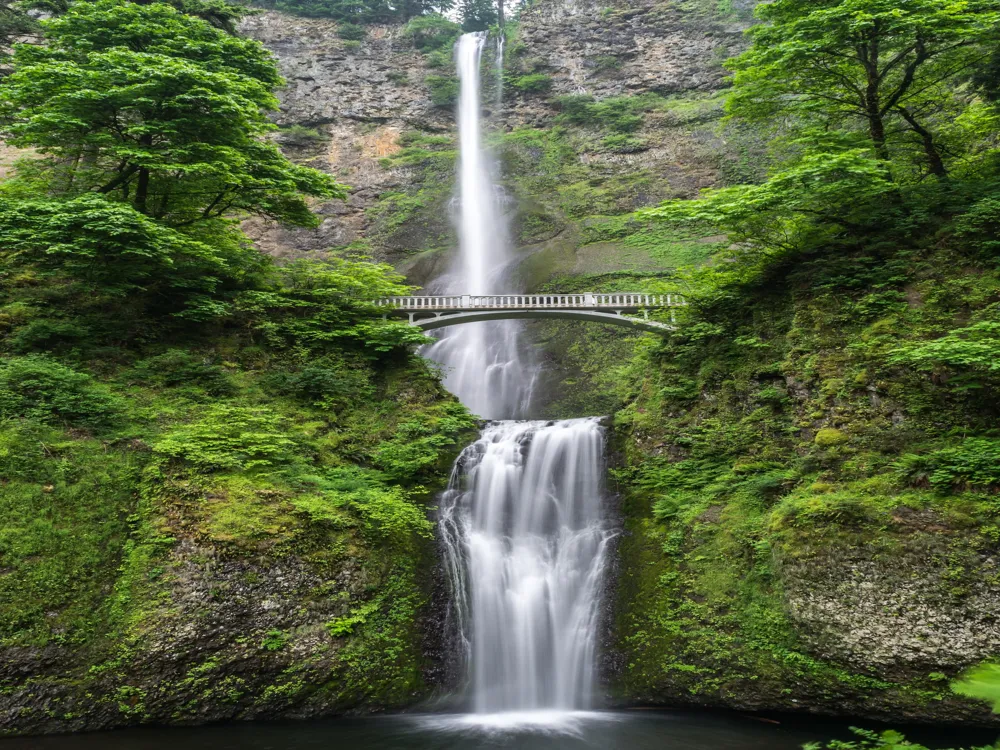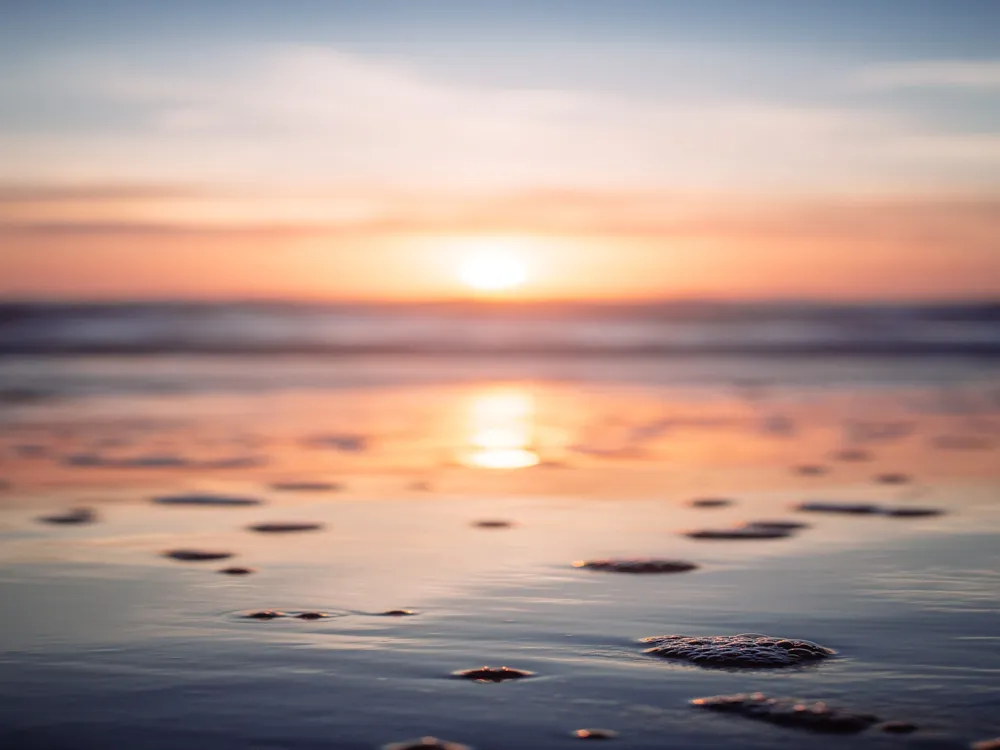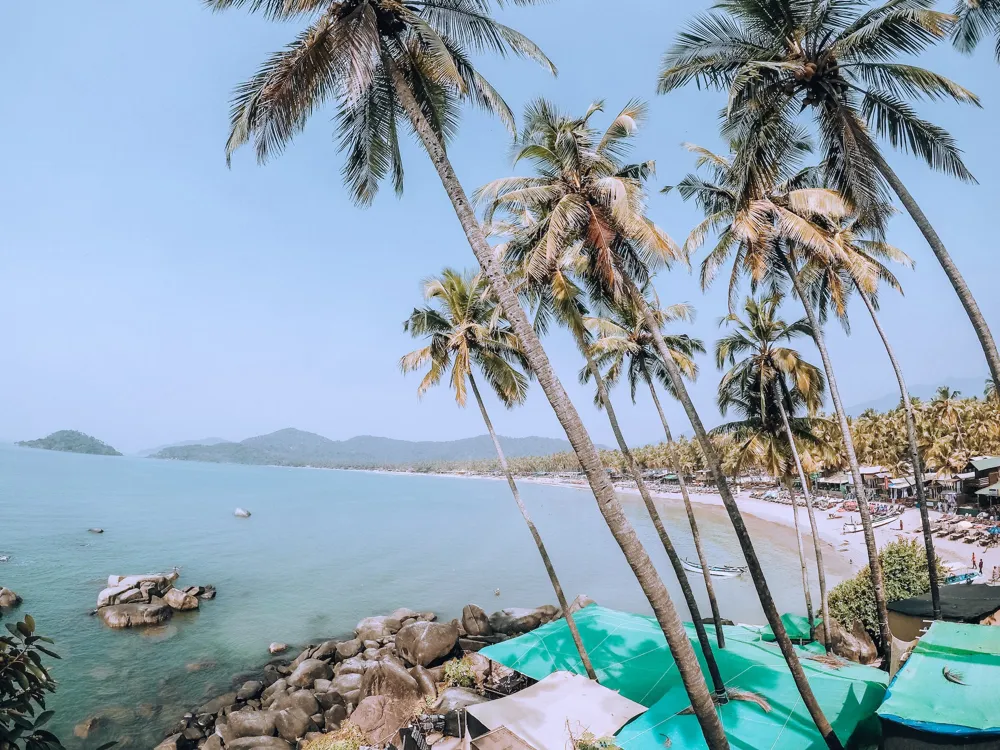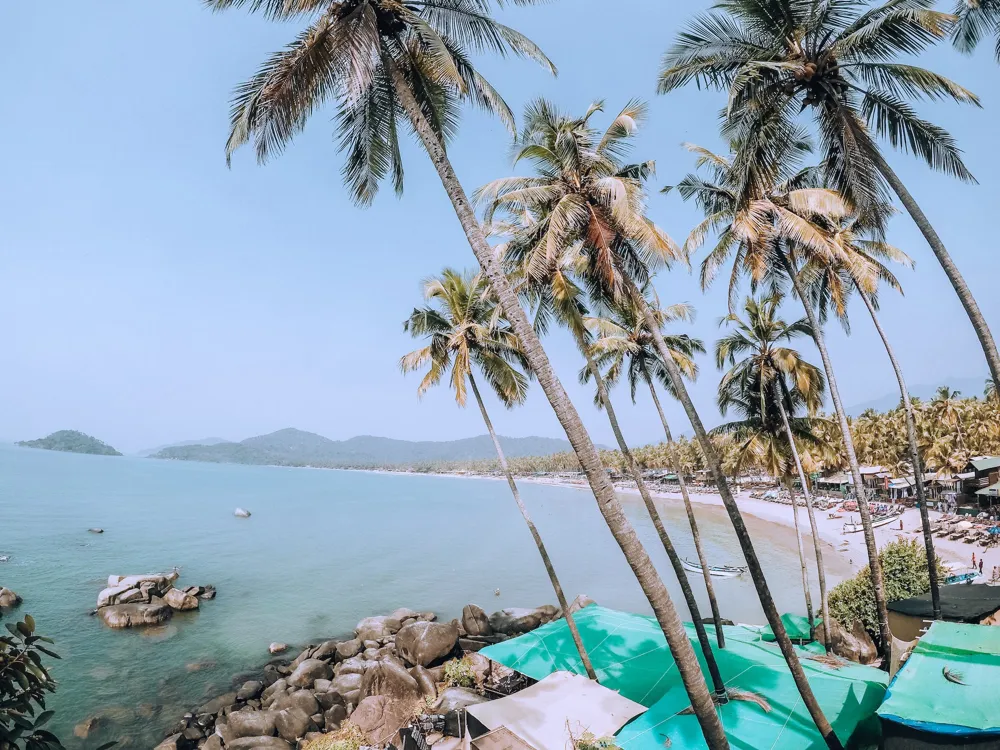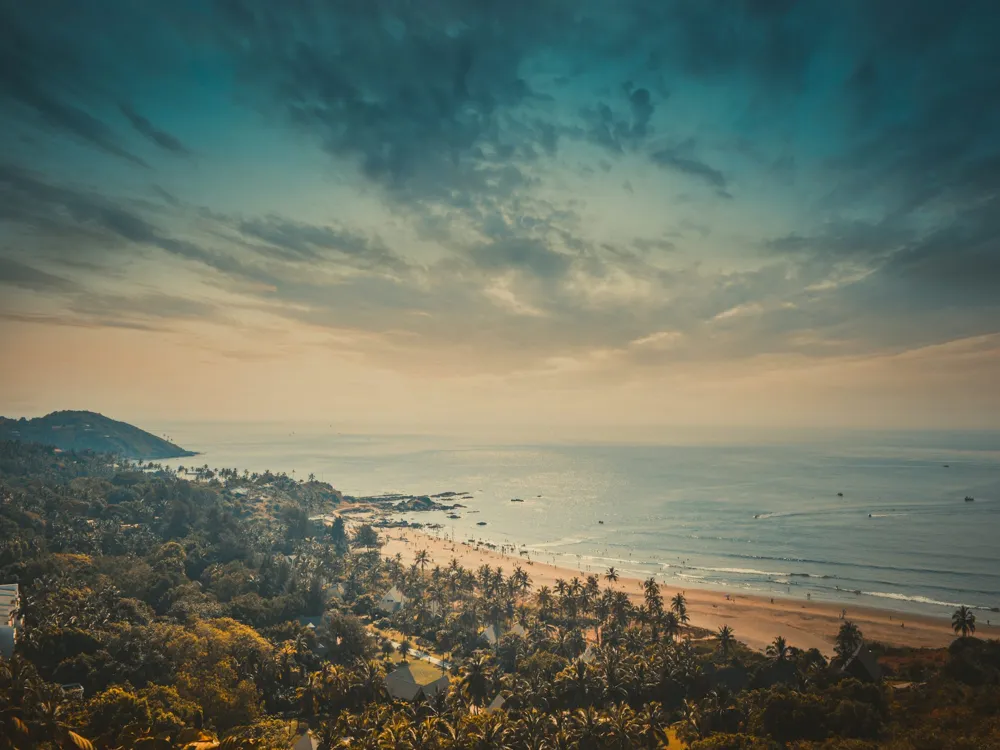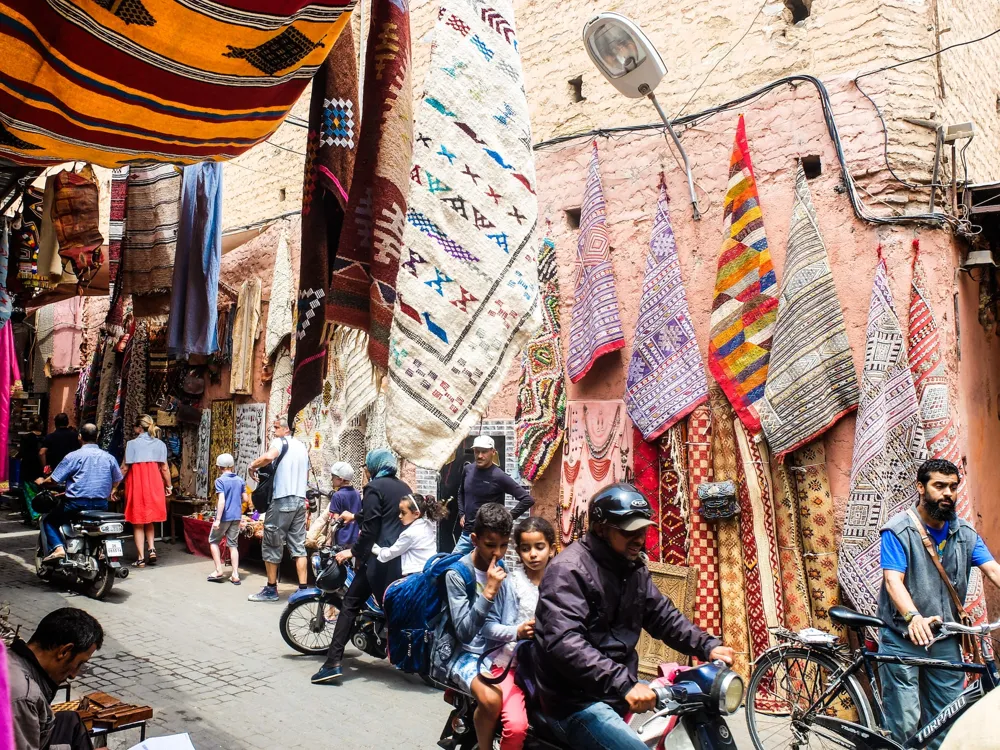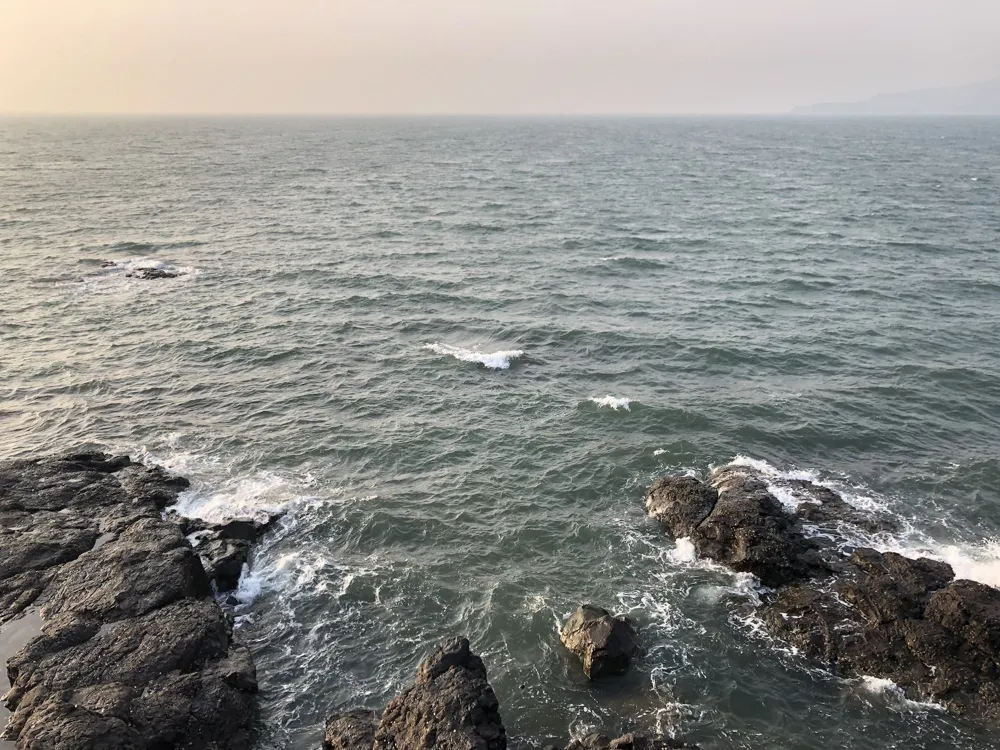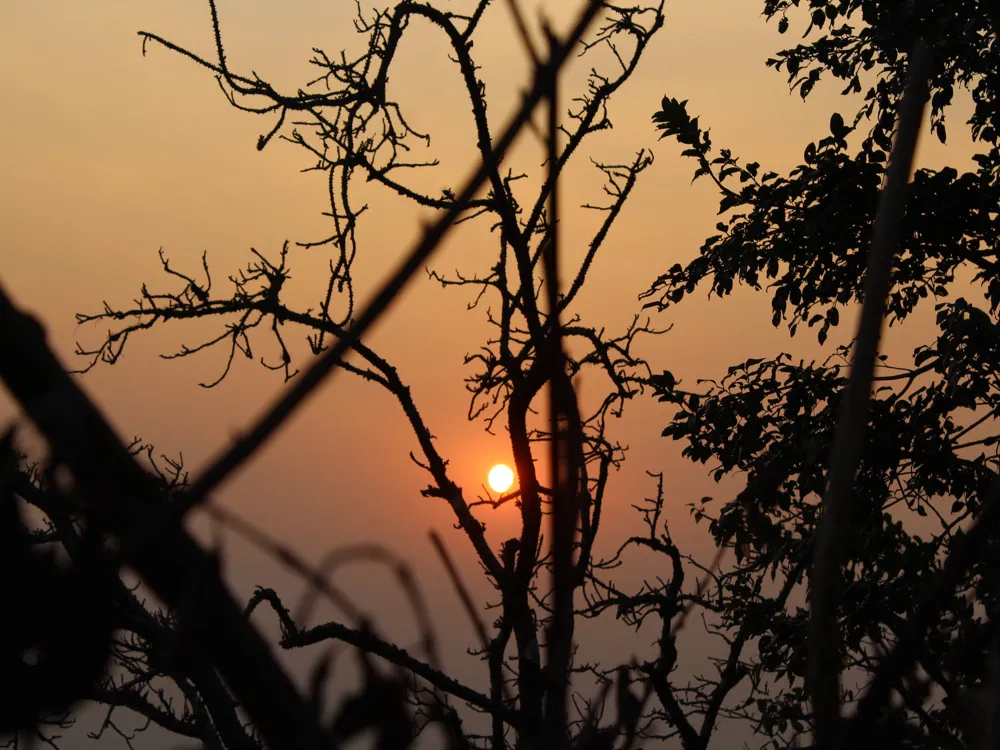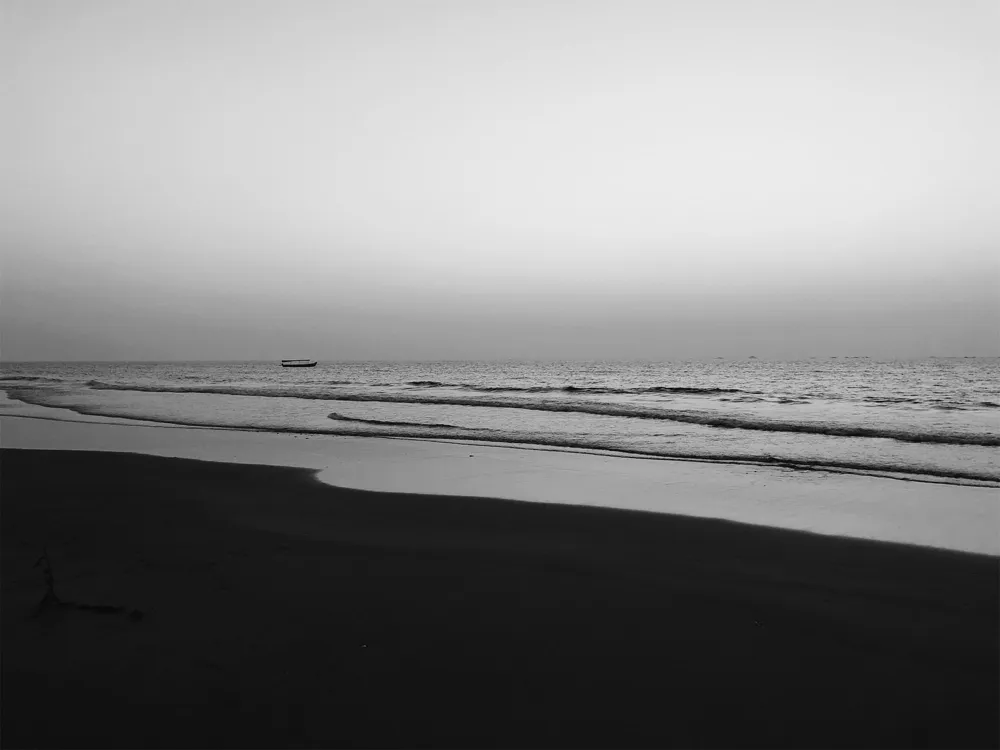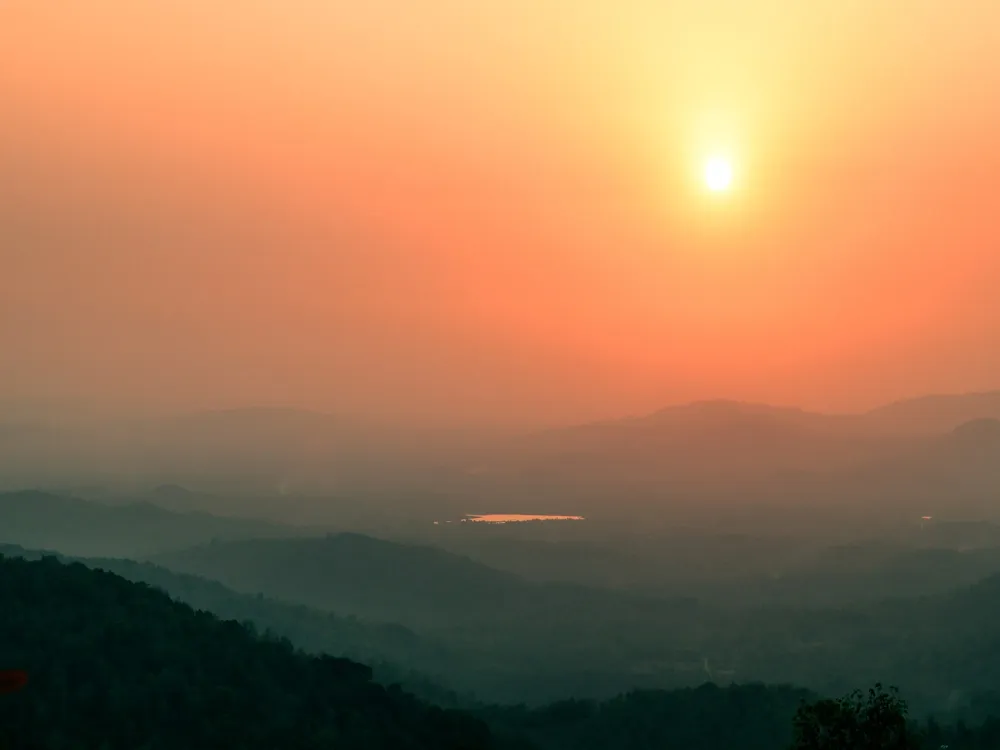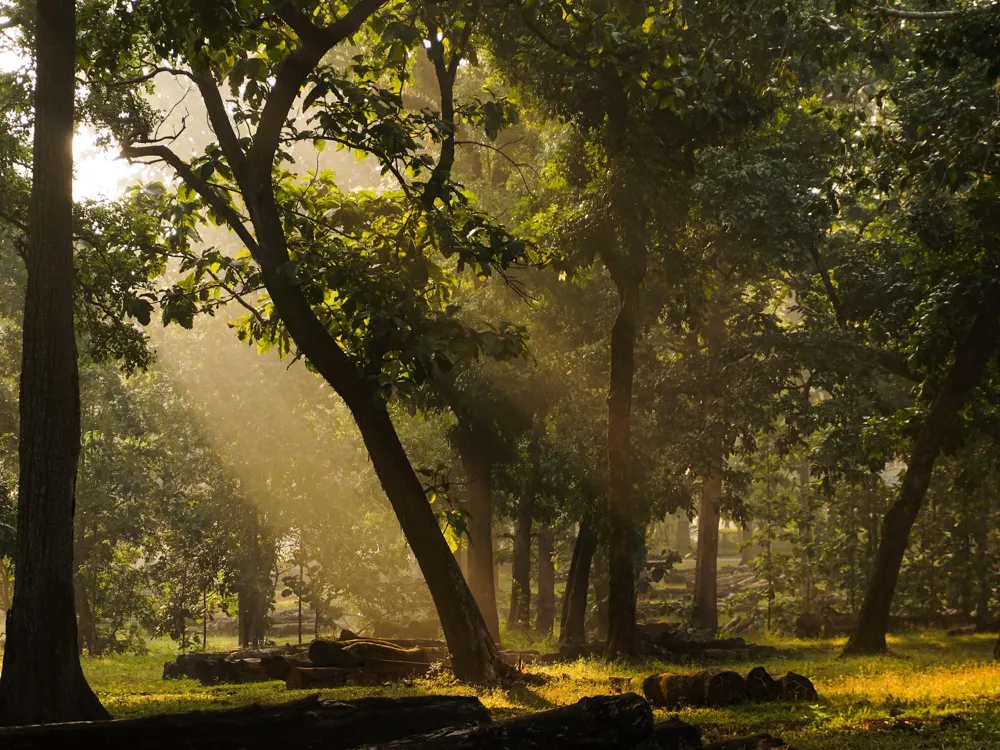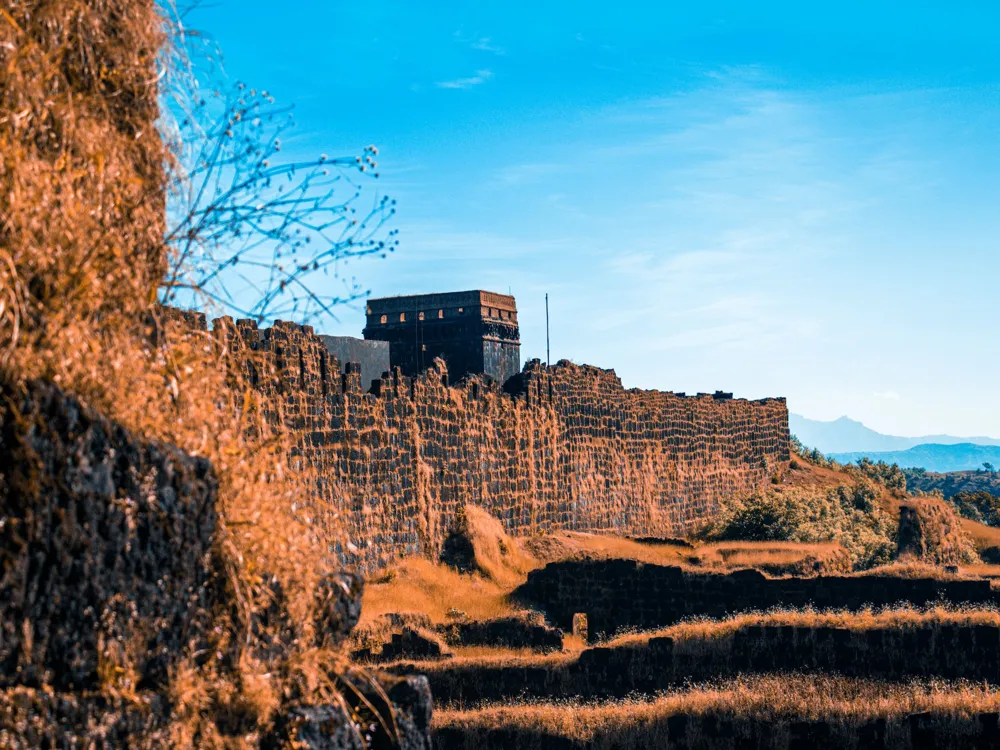Overview of Dona Paula, North Goa
Dona Paula, a picturesque area in North Goa, is more than just a popular tourist destination; it's a blend of natural beauty, legend, and history. This charming area is nestled on the sublime coastline of Goa, known for its idyllic beaches and vibrant culture. Dona Paula offers a unique experience that combines the laid-back beach life with a hint of mystique, arising from the local legends surrounding the area.
The story of Dona Paula begins with a tale of unrequited love involving Dona Paula de Menezes, a historical figure from the Viceroyalty of Portuguese India. As the legend goes, her love story and untimely demise gave the area its name and an aura of romance. This element of local folklore adds a layer of intrigue to the region, making it a must-visit for those intrigued by history and legend.
But there's more to Dona Paula than just tales of yore. Today, it stands as a testament to Goa's rich cultural tapestry, showcasing a blend of Indian and Portuguese influences. The area is famous for its scenic beauty, with panoramic views of the Arabian Sea and the Mormugao Harbour. This breathtaking vista is complemented by a serene atmosphere, making Dona Paula a perfect spot for relaxation and contemplation.
Dona Paula is not only about picturesque landscapes but also about experiencing the vibrant Goan culture. The area is replete with quaint street markets, offering a variety of local handicrafts, spices, and textiles. The lively atmosphere of these markets, coupled with the warm hospitality of the locals, makes exploring Dona Paula a delightful experience.
Furthermore, Dona Paula's proximity to other tourist spots in Goa, like the capital city of Panaji and the famous Miramar Beach, adds to its appeal as a central location from which to explore the wider region. Whether you're a history buff, a culture enthusiast, or simply in search of a tranquil beach getaway, Dona Paula in North Goa is a destination that promises an unforgettable experience.
Architecture of Dona Paula
The architecture of Dona Paula is a vivid reflection of Goa's historical and cultural evolution. This region boasts an architectural style that is a unique blend of Indian and Portuguese influences, creating a visual tapestry that is both eclectic and harmonious. The buildings here, with their distinctively Goan-Portuguese style, tell a story of cultural assimilation and architectural innovation.
One of the most prominent features of Dona Paula's architecture is the use of bright colors. The buildings, often painted in vibrant hues of blue, yellow, and red, stand out against the lush green backdrop, creating a picturesque setting. This use of color is not just an aesthetic choice but also a reflection of the Goan spirit – lively, welcoming, and full of life.
The architectural designs in Dona Paula often feature elements like balcões (balconies), oyster shell windows, and red-tiled roofs, which are characteristic of the Portuguese colonial style. These features not only add to the aesthetic appeal of the buildings but also serve functional purposes, like facilitating ventilation in the tropical climate of Goa.
Dona Paula also houses several historical monuments and structures, each with its own unique architectural style and historical significance. The National Institute of Oceanography, for instance, is a prime example of modern architectural design, while the ruins of the Cabo Fort showcase the military architecture of the Portuguese era.
In addition to these, the area is dotted with numerous chapels and churches, each bearing testament to the religious and cultural diversity of the region. These religious structures, with their intricate designs and serene ambiance, offer a glimpse into the spiritual life of the community and the architectural heritage of the region.
In summary, the architecture of Dona Paula is a harmonious blend of history, culture, and art. It stands as a testament to the region's past and present, offering visitors a chance to explore and appreciate the unique architectural legacy of Goa.
Tips When Visiting Dona Paula
Best Time to Visit
The ideal time to visit Dona Paula is from November to February. During these months, the weather is pleasantly cool and conducive for exploring the outdoors. This period also coincides with several local festivals, offering a glimpse into Goa's vibrant cultural scene.
Local Cuisine
Goan cuisine is a must-try when in Dona Paula. The area is known for its seafood delicacies, influenced by both Indian and Portuguese culinary traditions. Be sure to try local dishes like Goan fish curry, prawn balchão, and bebinca for a taste of the region's flavors.
Transportation Tips
Dona Paula is well-connected by road, and renting a scooter or bike is a popular way to explore the area. Public transportation like buses and taxis are also available, but for a more immersive experience, consider hiring a two-wheeler to navigate the scenic roads at your own pace.
Accommodation
The area offers a range of accommodation options, from luxury resorts to budget-friendly guesthouses. Booking in advance is recommended, especially during the peak tourist season, to ensure the best stay experience.
Respect Local Customs
Goa is known for its laid-back and tolerant culture, but it's important to respect local customs and traditions. Dress modestly when visiting religious sites, and always ask for permission before taking photos of locals.
How To Reach Dona Paula
Dona Paula is easily accessible from various parts of Goa. The nearest airport is the Dabolim Airport, which is about 29 km away. From the airport, taxis and buses are available to take you to Dona Paula. If you're traveling by train, the nearest railway stations are Karmali and Thivim, from where you can hire a taxi or take a bus. For those driving, the area is well-connected by roads and offers a scenic drive along the Goan coastline.
Read More:











